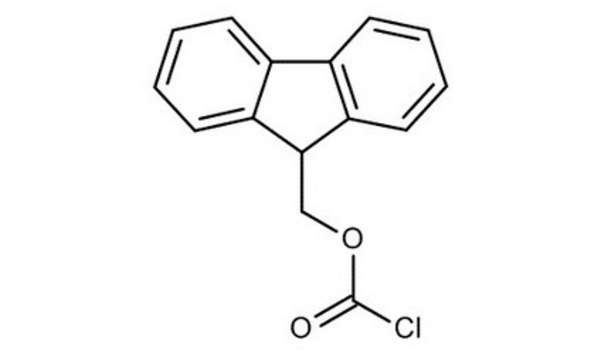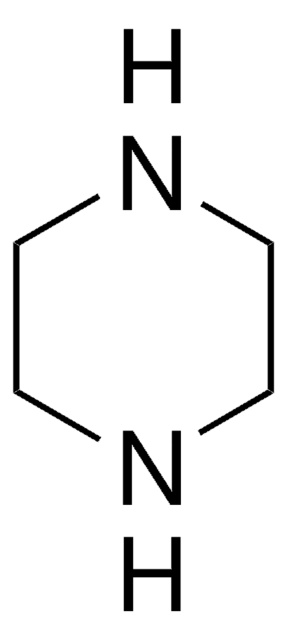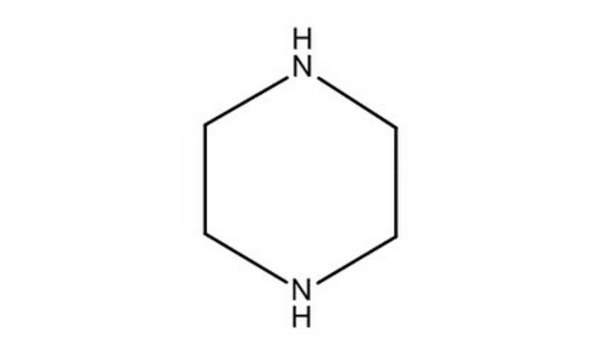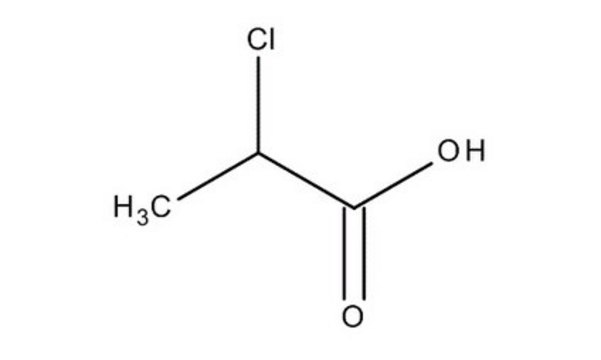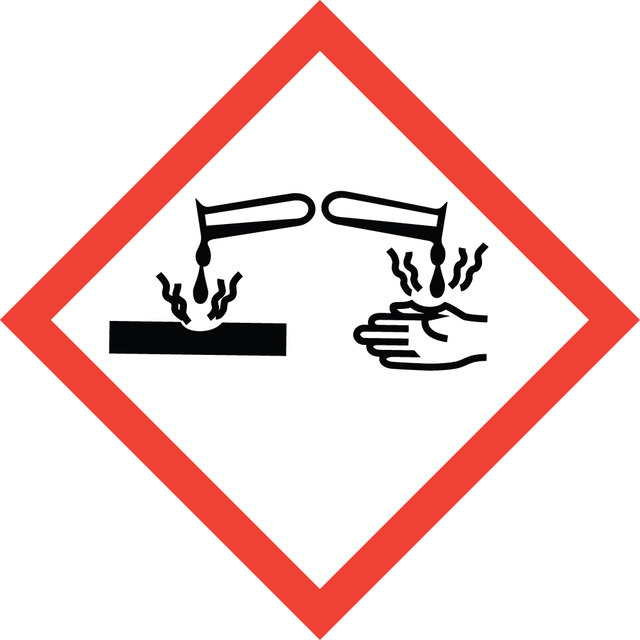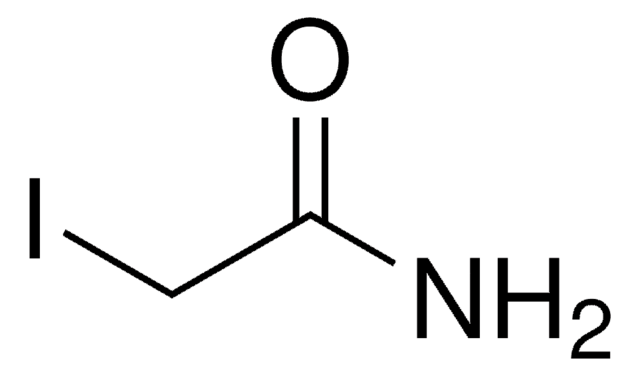8.52259
(9-Fluorenylmethyl) chloroformate
Novabiochem®
Synonym(s):
(9-Fluorenylmethyl) chloroformate, (9-Fluorenylmethyl) chloroformate, Chloroformic acid 9-fluorenmethyl ester, Chloroformic acid 9-fluorenylmethyl ester, FMOCCl
About This Item
Recommended Products
Quality Level
product line
Novabiochem®
Assay
≥98.0% (HPLC)
form
powder
manufacturer/tradename
Novabiochem®
mp
60-63 °C
application(s)
peptide synthesis
storage temp.
2-8°C
SMILES string
ClC(=O)OCC1c2c(cccc2)c3c1cccc3
InChI
1S/C15H11ClO2/c16-15(17)18-9-14-12-7-3-1-5-10(12)11-6-2-4-8-13(11)14/h1-8,14H,9H2
InChI key
IRXSLJNXXZKURP-UHFFFAOYSA-N
Related Categories
General description
Literature references
[1] L.A.Carpino et al. (1987) Acc. Chem. Res., 20, 401.
Analysis Note
Appearance of substance (visual): powder
Assay (HPLC, area%): ≥ 98.0 % (a/a)
Melting range (lower value): ≥ 60 °C
Melting range (upper value): ≤ 64 °C
Identity (IR): passes test
Legal Information
Signal Word
Danger
Hazard Statements
Precautionary Statements
Hazard Classifications
Eye Dam. 1 - Skin Corr. 1B
Supplementary Hazards
Storage Class Code
8A - Combustible, corrosive hazardous materials
WGK
WGK 3
Flash Point(F)
Not applicable
Flash Point(C)
Not applicable
Certificates of Analysis (COA)
Search for Certificates of Analysis (COA) by entering the products Lot/Batch Number. Lot and Batch Numbers can be found on a product’s label following the words ‘Lot’ or ‘Batch’.
Already Own This Product?
Find documentation for the products that you have recently purchased in the Document Library.
Customers Also Viewed
Our team of scientists has experience in all areas of research including Life Science, Material Science, Chemical Synthesis, Chromatography, Analytical and many others.
Contact Technical Service